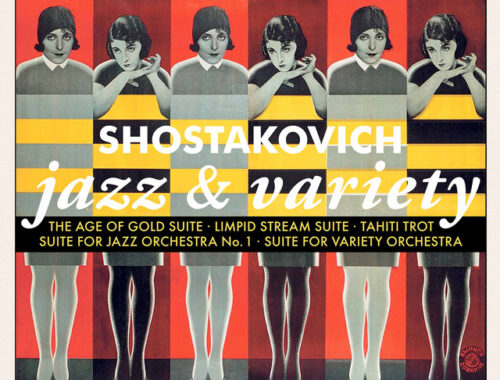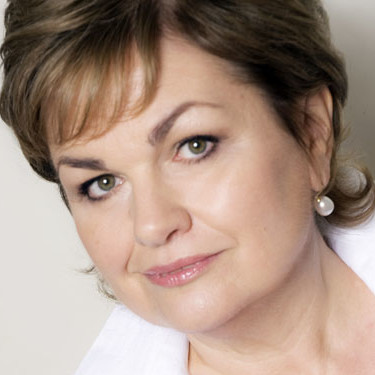Philharmonia Orchestra, Goerne, Koh, Salonen, Royal Festival Hall (Review)
We began with the most beautiful moments in all of Ravel and ended with the ugliest. For the final concert, the climax, of the Philharmonia’s revelatory Lutoslawski retrospective Woven Words the fastidious Frenchman proved the perfect framing device for three of the equally fastidious Polish composer’s finest pieces. Crossing the threshold of the “Fairy Garden” in Ravel’s Ma mère l’oye Esa-Pekka Salonen took his time as melody and harmony conspired to heighten our senses to achingly beautiful effect. Ravel’s end-of-an-era La Valse is another matter, beginning in the throbbing depths of disquiet and whirling decadently towards the abyss. Maybe Salonen might have luxuriated more in the process as he had intimated at the start with some echt Viennese teasing in the rubato – the danger of growing too frantic too soon is a very real one. But the catastrophe of the closing bars was precipitous and then some and left us breathless in disbelief as to how this most elaborate and civilised of dance forms had self-destructed so ignominiously.
But the focus of the evening was Witold Lutoslawski and further confirmation, if such were needed, that this most resourceful of composers achieved in his lifetime a perfect balance between the science and emotion of music. The Fourth Symphony veers more towards the emotive in that equation beginning, as does Ravel’s La Valse, in the pulsing depths of the orchestra. A solo clarinet offers a poetic plaint strongly redolent of something from the heartlands of Lutoslawski’s native land and the character of this melody is transmitted to the strings who repeatedly arrive at soulful, songful, tuttis. Against these moments is the game of chance where Lutoslawski plays with “controlled” aleatoric techniques. It’s that idea that real freedom is achieved through real discipline that is at the heart of it. And there is, of course, one of those defining moments where the listener arrives at a place he or she knows is the fulcrum of the symphony – in this case a giant suspended string chord signifying stillness as much as silence. The principal climax of this marvelous piece achieves an almost Mahlerian intensity – as personal as anything Lutoslawski ever wrote but suddenly cut short to a mere ripple of vibraphone as if such memories (perhaps the young Lutoslawski’s difficult beginnings) must always be consigned to the past. A three-way canon in solo violins is reduced to the to-ing and fro-ing braiding effect of just the leader and co-leader of the first violins. Time to sign off.
One suspects that Matthias Goerne is new to Les espaces du sommeil (1975): the presence of the score and the constant tapping of his right foot were distracting clues. But he certainly got his tongue and his handsome voice (not least a rapt head-voice) around Robert Desnos‘ vividly surrealist text. This is again the stuff of dreams – “In the night…there is you” – and the shadowy timpani of the opening more than suggest Britten’s Nocturne – indeed almost an homage. Caught somewhere between sleeping and waking this is Lutoslawski at his most exquisite, only the tumult of the climax of the poem – “millions and millions of beings” – seeming to abandon order (even though it doesn’t). The way dreams evaporate with the pay-off line, “In the night there is you/ In the day also”, is another instance of what makes Lutoslawski such a master.
The triumphantly executed third piece – the extraordinary Jennifer Koh in Chain 2: Dialogue for Violin and Orchestra – turned the concert into a kind of collector’s item. Played with fierce conviction and ferocious technique Koh generated amazing energy in the Ad libitum passages, the trenchancy of her attack seeming to defy the written page. Repose brought a sweet kind of birdsong and at one point the unforgettable colour of a brief oration on the G string set against three cellos. That’s the kind of sonority you go on hearing long after the concert has ended. With Lutoslawski everything is heard and penned with forensic clarity and how many composers do you know who could communicate a climax of such an indelible sense of oneness with a simple but astonishing high unison.
Witold Lutosławski biographies at Culture.pl http://www.culture.pl/web/A Conversation With VASILY PETRENKO
You May Also Like

GRAMOPHONE Review: Shostakovich ‘Jazz & Variety’ – Singapore Symphony Orchestra/Litton
20/07/2022
GRAMOPHONE: From Where I Sit – July 2020
22/07/2020